Memphis - Where "Rock & Roll" was born!
10th and 11th May (Visiting the Three King City)
Ever since I heard Marc Cohn”s 1991 hit song “Walking in Memphis”, I wanted to visit this city in America”s Deep South. For anyone not familiar with the song, you can listen to it here: (https://www.youtube.com/watch?v=PgRafRp-P-o). Since then my musical interests expanded to include Rhythm and Blues, Soul, Jazz and Country and so for me, a visit to the city was a must if I happened to be this close to it on one of my travels.
Like in the song, the main artery of the city is the eponymous Beale Street. Locals say that while New Orleans has Bourbon Street, on Beale Street people have the good grace to keep their clothes on! This street, mostly cordoned off to ensure that there is only foot traffic, is literally row upon row of shops, restaurants and music clubs. If you are planning to visit these during the daytime, you will likely be disappointed. Many venues do not open until 11am, several do not open until well into the afternoon. On the plus side, they then remain open until well into the night as visitors meet, make merry and listen to either rhythm and blues or rock and roll.
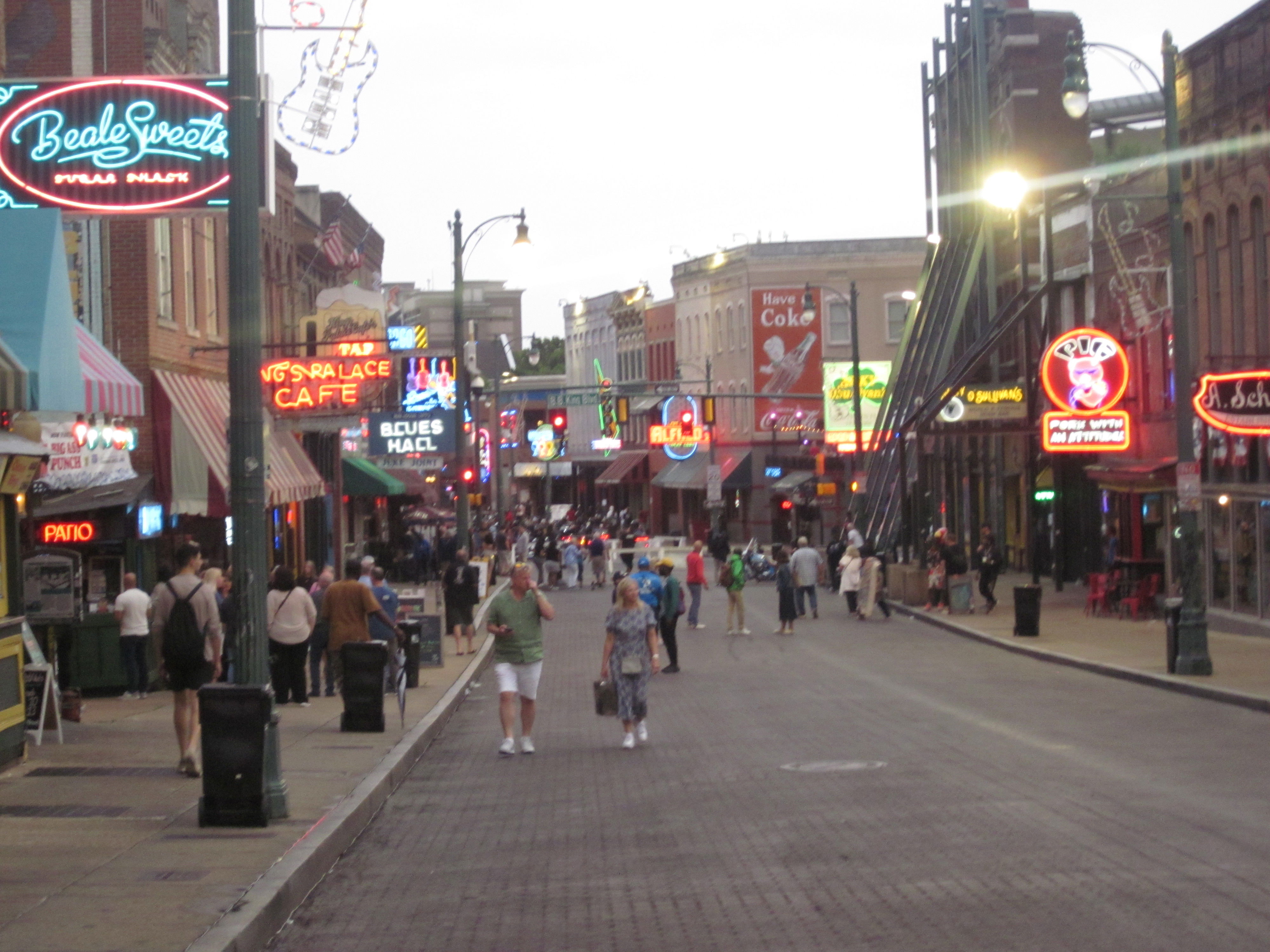
Occasionally, you may hear the odd country song as well, but this is rare. The shrine of country music is the city of Nashville, 340km to the east of Memphis.
Memphis is proud of its musical heritage. This explains not only why so many roads are named after Blues and Soul music legends like B.B.King Boulevard, but also why it has its own Music Hall of Fame. Though not the largest venue for such an exhibition, the museum offers a collection of priceless memorabilia from musical greats from Isaac Hayes (the man who wrote the theme song to “Shaft”), Jerry Lee Lewis (Great Balls of Fire), Elvis Presley and the Man in Black, Johnny Cash. The exhibition consists of a combination of static displays as well as multimedia projections and looping audio presentations.
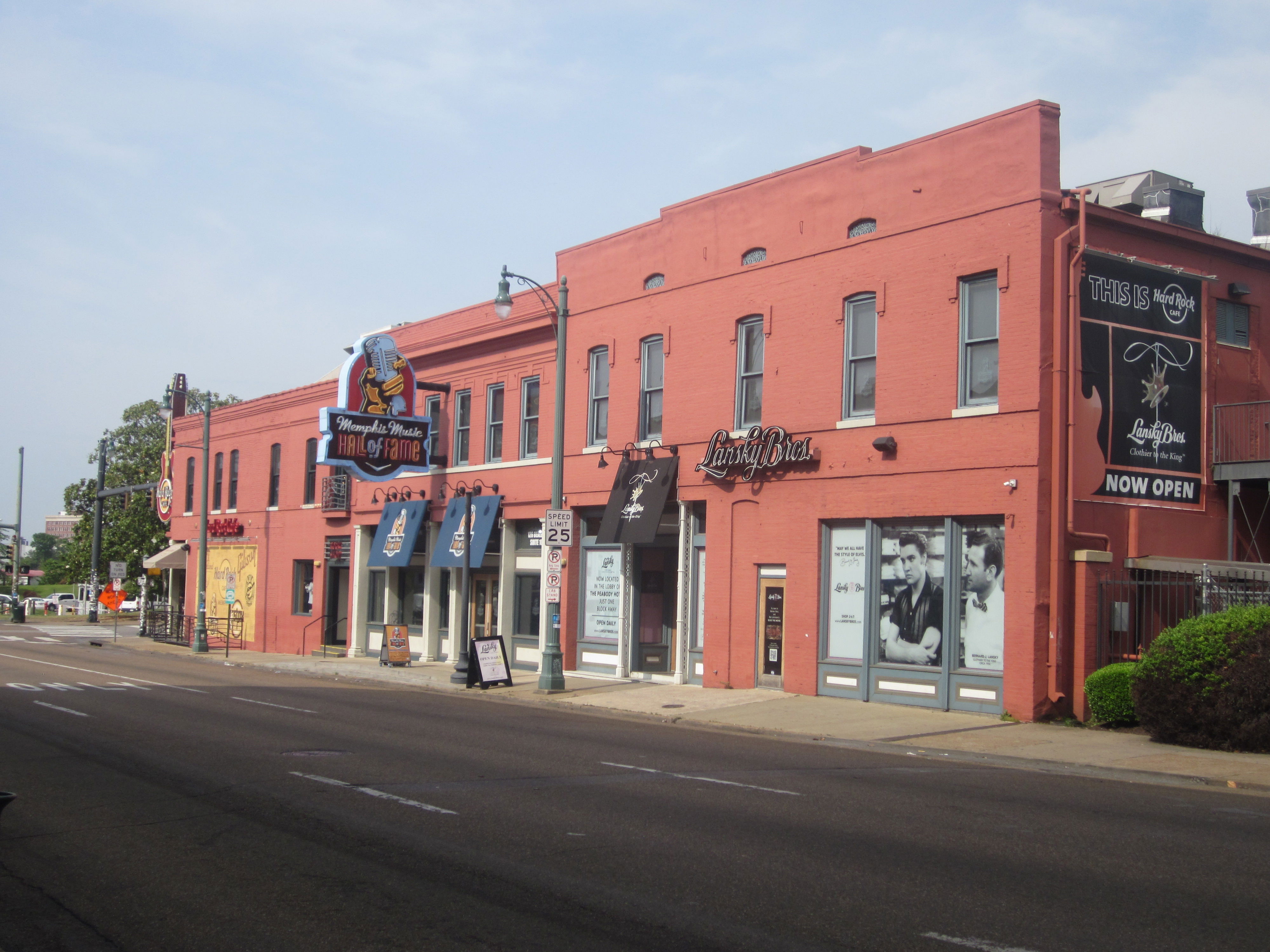
Next to the Music Hall of Fame is the Hard Rock Cafe. Open only from 11am onwards, it has hosted bands from U2 to the Rolling Stones, many photos of their performances adorning the walls of the restaurant portion of the cafe. If you have a ticket for the museum, you are automatically given access to the cafe as well. Otherwise, you would have to order something from the menu for them to let you inside. Well, they have to keep the riff-raff out, it is rather an exclusive venue after all …
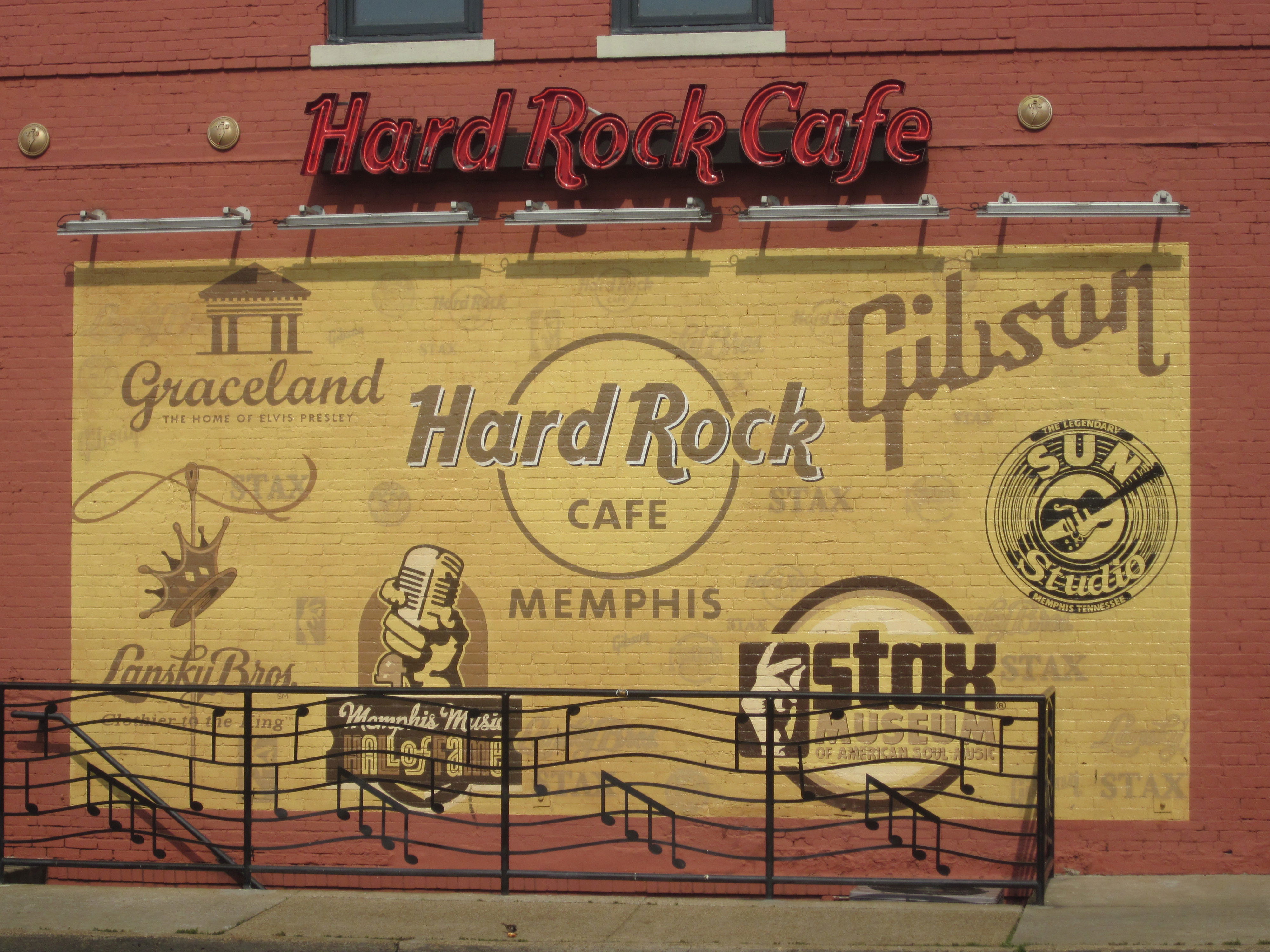
Not far from the centre of town is the historic Sun Studios. Acknowledged worldwide as the birthplace of rock and roll, it was opened my musical pioneer Sam Phillips in January 1950. It’s mission was to make it possible for young, aspiring artists, black or white, to be able to pursue their dreams of a musical career. One such example was a young ballad singer barely graduated from high school. His name, Elvis Aron Presley.
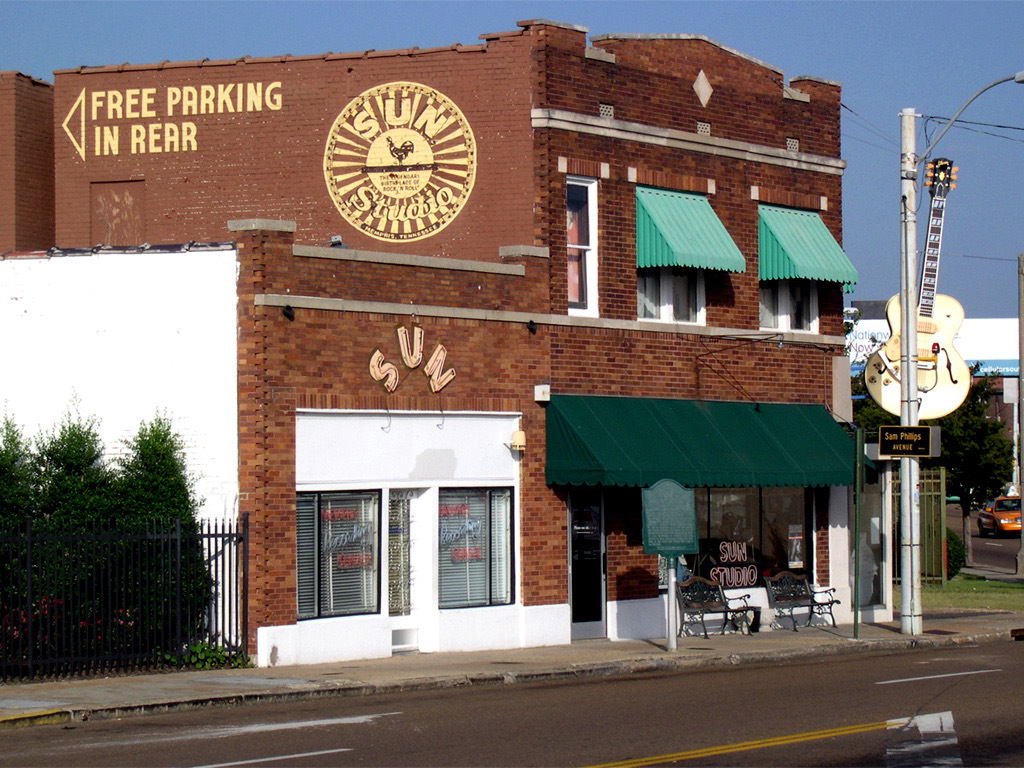
The story goes that Elvis walked in to cut his first record and met Philips on his way out of the door, brushing him off with the words “Not now kid, I”m off to play a round of golf!”, leaving he young man despondent. Had it not been for a visionary secretary called Marion Keisker, history may have been far less kind to the young star than it turned out to be. She not only cut the record for him, she had the presence of mind to cut a second copy to give to Philips when he retuned. She also left a note for her boss to let him know about Elvis” special talent.
The studio offers tours throughout the day, extolling the history of the venue, the artists who had their first break there (including a pre-assault record for Ike Turner who is credited with cutting the studio”s first official song “Rocket 88”) as well as documenting the so-called “Million Dollar Quartett” in which early in December 1956 a chance meeting of Elvis,Presley Johnny Cash, Carl Perkins and newcomer Jerry Lee Lewis led to a legendary 4-hour impromptu jamming session that is unequalled in the history of rock music.

It is also a nice segway to speak about the three kings the city is so famous for. This first is of course Elvis, the undisputed King of Rock and Roll. Though born in the town of Tupelo, Mississippi, Elvis moved to Memphis with his family when he was 13 as his father was unable to find work in the post war depression era. Elvis had a keen interest in gospel music, a style of music propagated by black citizens of the period. Still, his undeniable talent became apparent very quickly when having cut his first record at Sun Studios, the track was played aver 14 times on Memphis only music radio station in a three hour period. The shock jock, brutal in his treatment of artists he considered to have no talent, heaped praise upon praise on the young star. It was not long until music record label RCA made Elvis an offer he could not refuse and the rest as they say is history.
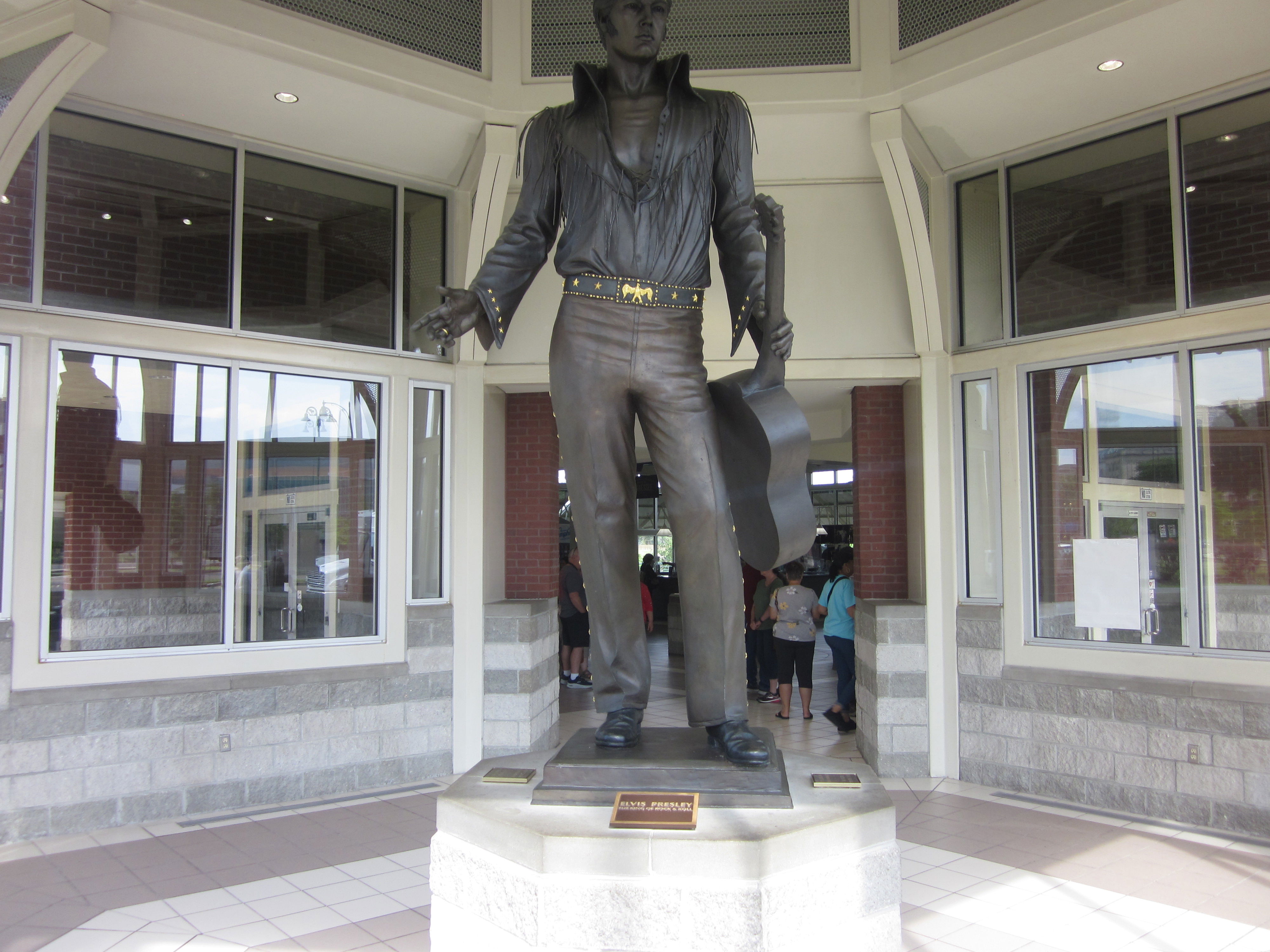
The next of the three is Riley “Big Blues” or B.B. King. Considered the King of Rythm and Blues, Riley was born in 1925. His family history a turbulent one, King was raised by his maternal grand mother Elnora Farr. Herself very active in the gospel music choir of the local church. After his release from the army, King joined the choir and watched in awe at the preacher who gave his sermon while playing chords on a blues guitar. That man proceeded to teach King the chords on the guitar thus stimulating his interest in teaching himself to play the guitar for himself. Recording many of his hit songs in the aforementioned Sun Studios, King began touring the clubs in the Deep South with his band. The story has it that during one such performance, a fight broke out between two rivals for the same woman”s affections. Asking the proprietor of the venue about the woman”s name, the man replied “Lucille” and this was the origin of how his famous guitar got its name! Like Elvis, a statue of B.B. King stands in the main reception area of the Memphis Visitor Centre.
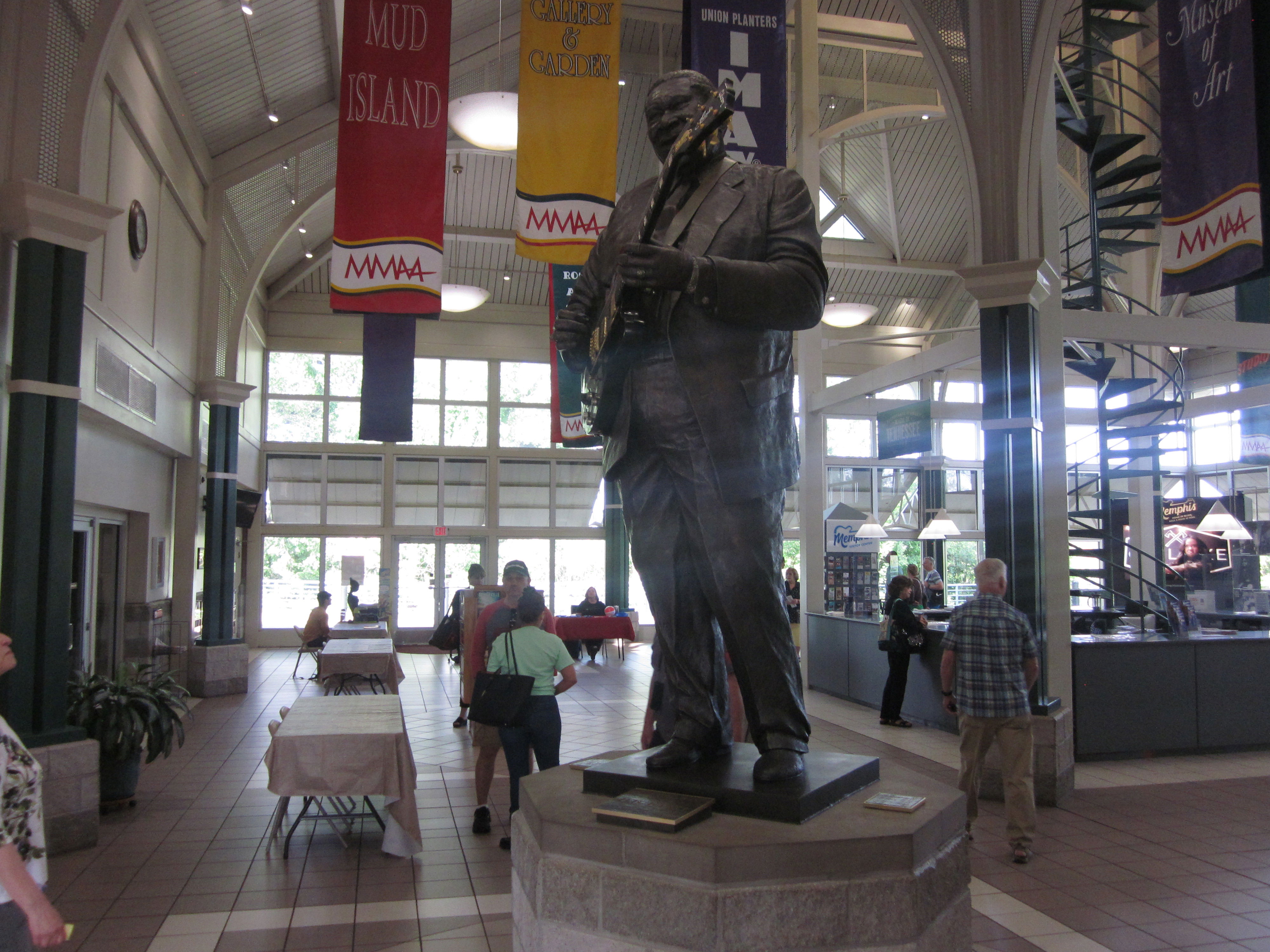
The last of the three kings was none other than Dr. Martin Luther King Jr, the leader of the civil rights movement in America in the 1950s and 1960s. Is was here in Memphis tht Dr. King was assassinated on the balcony of the Lorraine hotel on 4th April 1968. The shooter had taken an elevated position in a flop house whose window faced the hotel. Aware of King”s habit of exiting hs room via the back steps into the parking lot, the assassin lined up the kill shot to target the civil rights leader while he was practically stationary. The shot struck King in the jaw and although he was rushed to hospital as quickly as possible, King was pronounced dead on arrival. Following an exhaustive search, the culprit was named as James Earl Ray and a statewide manhunt began. Ray made it to the UK, was promptly extradited back to the US and stood trial for murder.In spite of vehement denials of his guilt, he was convicted of the charge and died in prison. However, it would be the King family”s contention that the civil rights leader”s assassination was the result of a conspiracy between government agencies, Memphis police and the Mafia, though there was never any definitive proof of this. Still, the family was awarded 100 Dollars in a symbolic victory in a wrongful death suit which they brought against person and persons unknown a decade later. Today, a wreath on the balcony marks the spot where Dr. King stood when he was fatally shot.
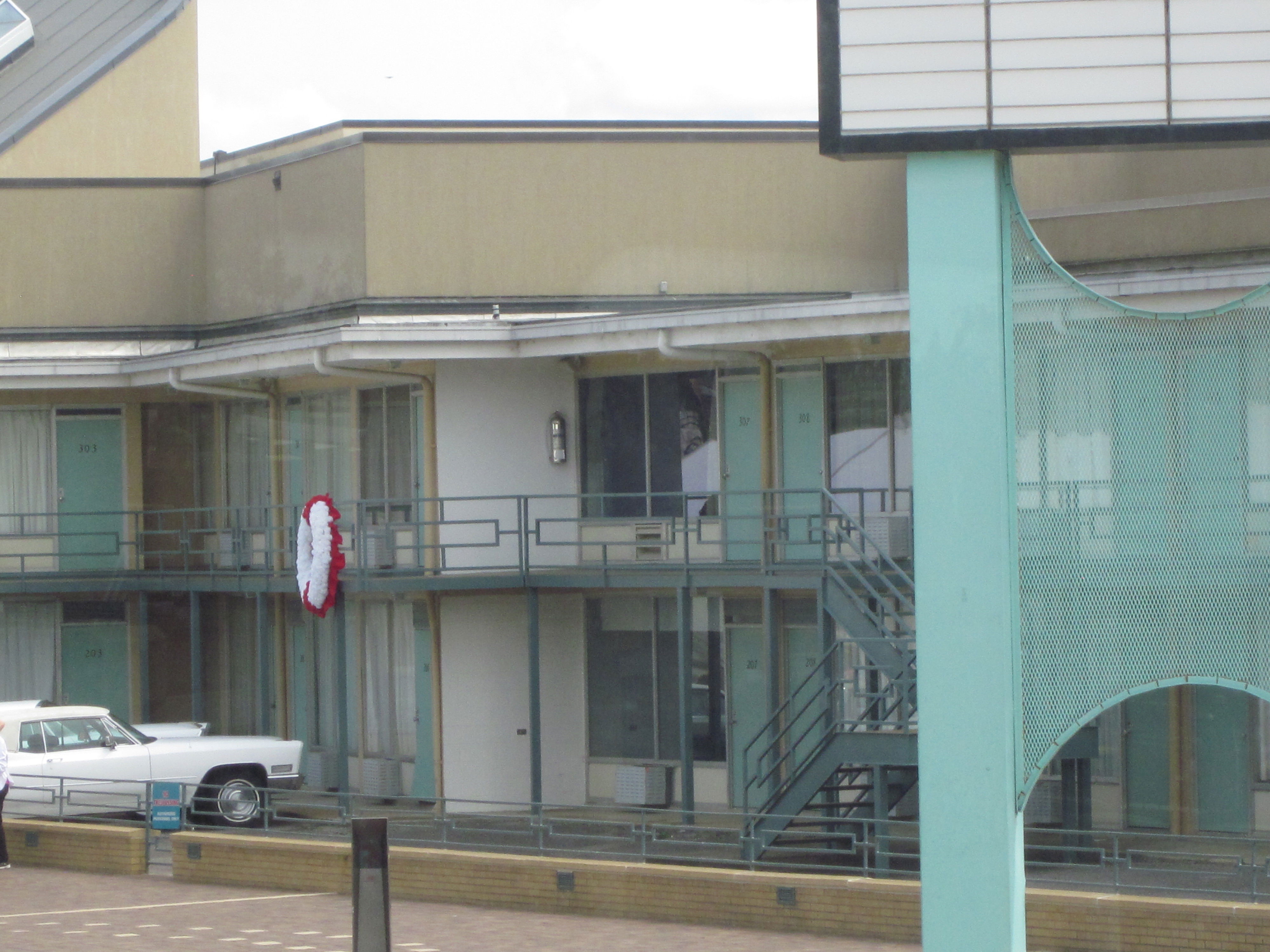
No visit to the city of Memphis would be complete without observing the march of the Peabody ducks. This twice daily event draws a crowd of visitors from and far and is truely a spectacle to behold.
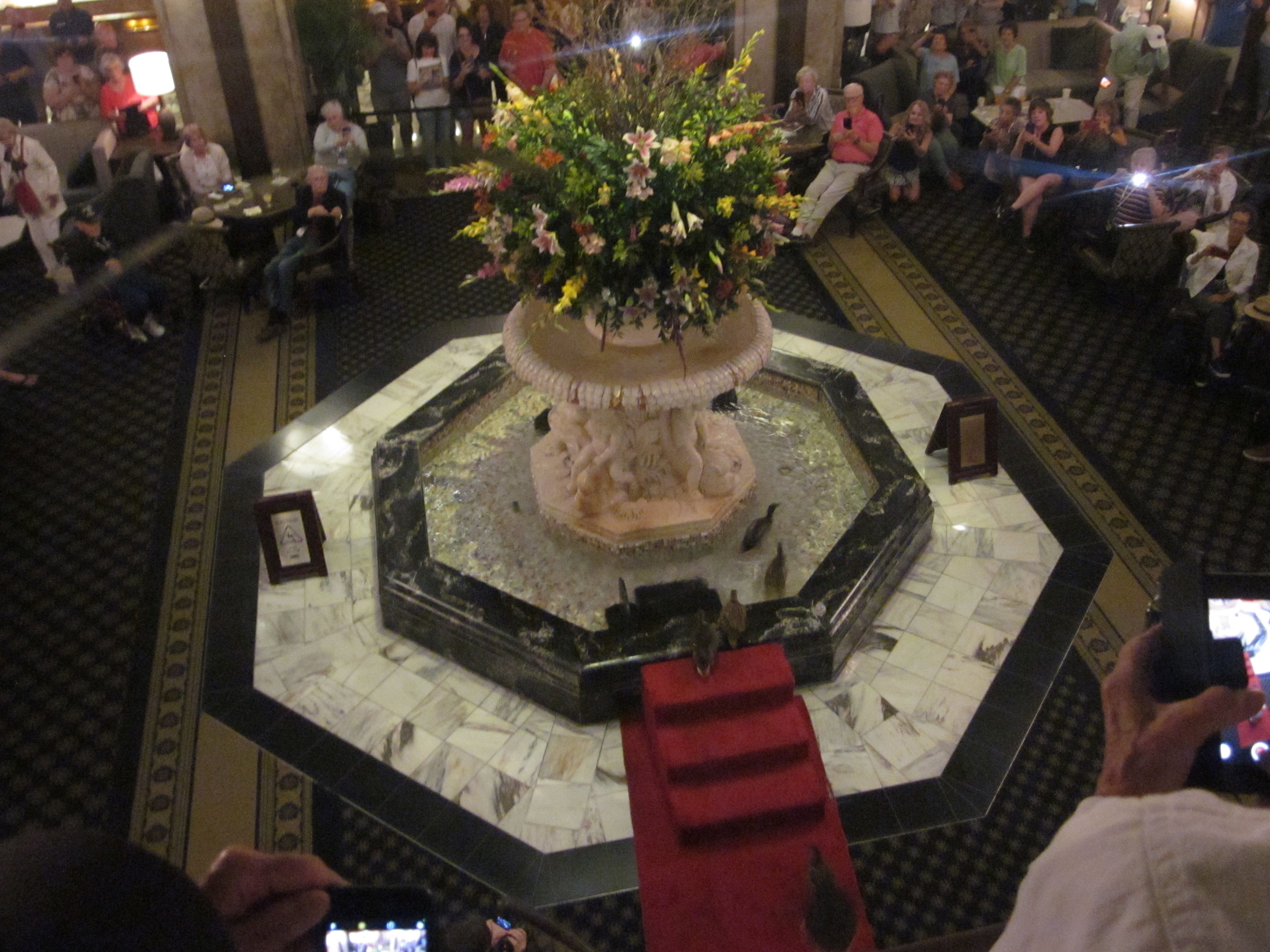
The story goes that in the 1930s following a hunting trip to Arkansas during which the participants got well and truly hammered, Frank Shutt, the then manager of the Peabody hotel and his best friend Chip Barwick decided it would be funny to release live duck decoys into the central lobby fountain of the hotel. After they had sobered up the next morning, they rushed into the lobby expecting to find a flurry of feathers and no end of damage to the interior of the hotel. Instead they were surprised to find that not only were the ducks still swimming happily in the fountain, their presence had begun drawing more and more people to the fountain from within and from outside of the hotel. In the next decade, a bellman by the name of Edward Pembroke, a former circus trainer, offered to train the ducks to walk to and from the hotel fountain twice a day, observing his duties as Peabody Duckmaster until his death in 1991. Since then, the march of the 5 Peabody ducks, 1 male and 4 females (hence origin of the phrase “lucky duck”) draws hundred of visitors every day.